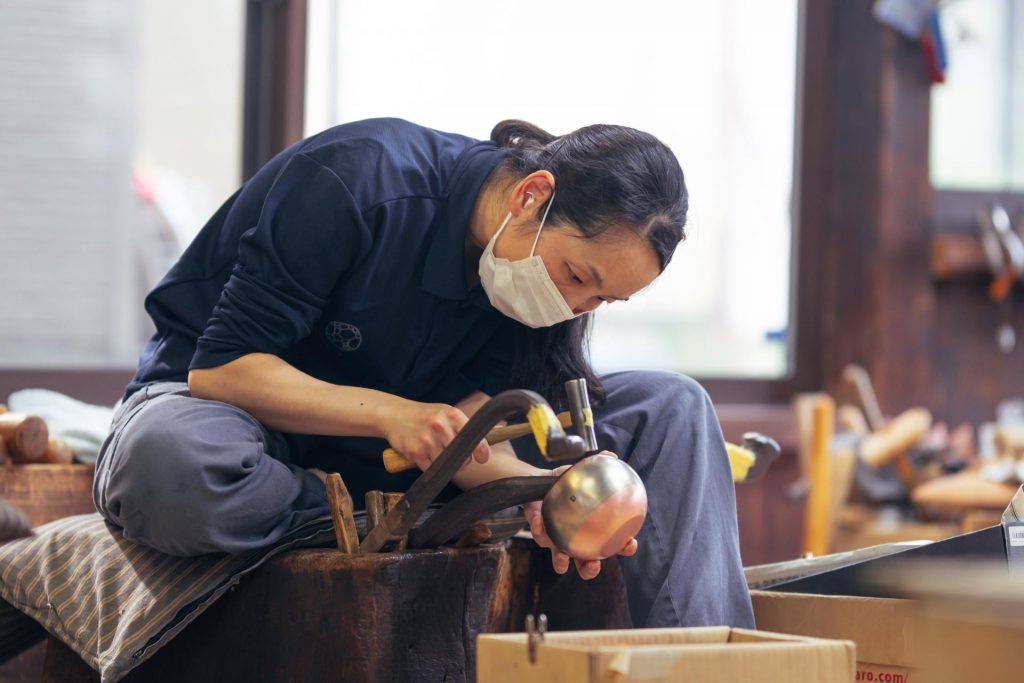
At the center of Niigata Prefecture, in the wide open Echigo Plains, is an accumulation of more than 400 years of metallurgy and craftsmanship excellence in the artisan city known as Tsubame Sanjo. Heralded as producers of some of the finest tools and crafts across Japan—and the world—this city is a leading producer of metalware including prized Japanese chefs knives, teapots, utensils and more. Travelers intrigued by Japan’s never ending obsession with perfection can explore the open factories here and even take home some prized Japanese crafts.
In the face of an aging population and ever increasing pressure from mass production and global competition, the master artisans of Tsubame Sanjo came up with an innovative open factory system where visitors from around the world are welcome inside with some of Japan’s most famous artisans.
The Origins of Tsubame Sanjo’s craft heritage started from nail production to meet the needs of a burgeoning Edo (the ancient name for Tokyo) during the early 1600’s of the Edo Period. It is believed that farmers in this region began to produce these nails to supplement their income when devastating floods would wreak havoc on the farming industry.
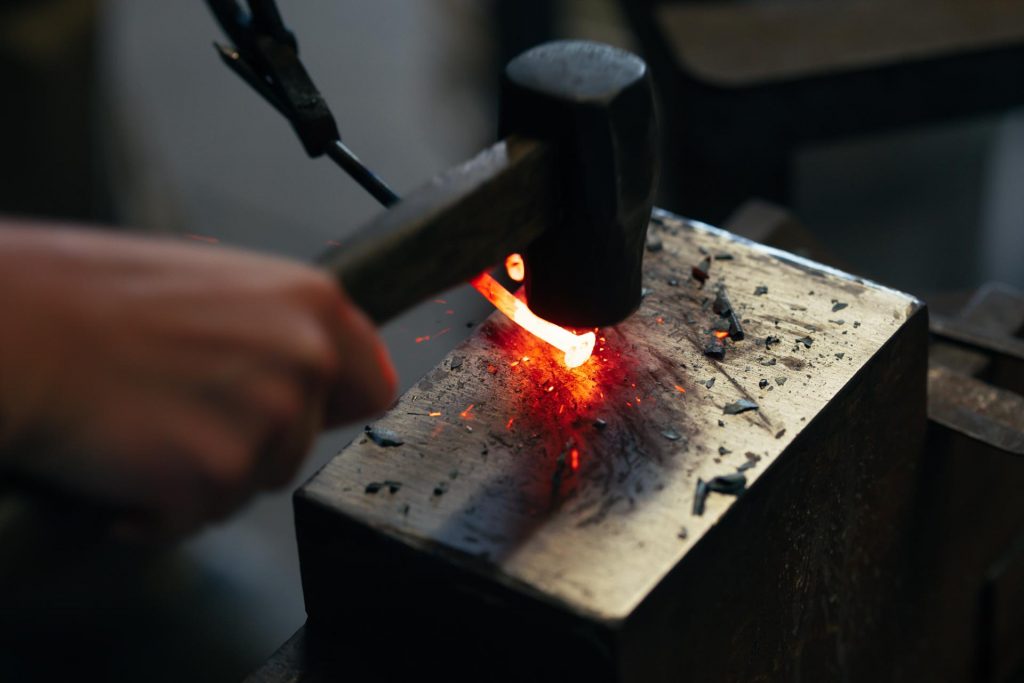
The rapid growth of the new capital of Japan, as well as many great fires, led to a boom in demand for not only nails, but also other tools to meet the construction needs that Tsubame Sanjo rose up to meet.
The accumulation of wealth, knowledge and expertise then allowed Tsubame Sanjo to expand into agricultural, kitchenware and many other crafts as it cemented itself as one of the centers for crafts and manufacturing in Japan.
Tsubame Sanjo’s Open Factory System
In the face of mass produced products and a severe drought of new recruits willing to become artisans, the region made a major push in the past few years for producers to open up their factories to visitors under what they call the Tsubame Sanjo Open Factory System.
Under this program many of the region’s main producers allow guests onto their factory floors where they can see the entire production process for their products and even have tours with the artisans themselves.
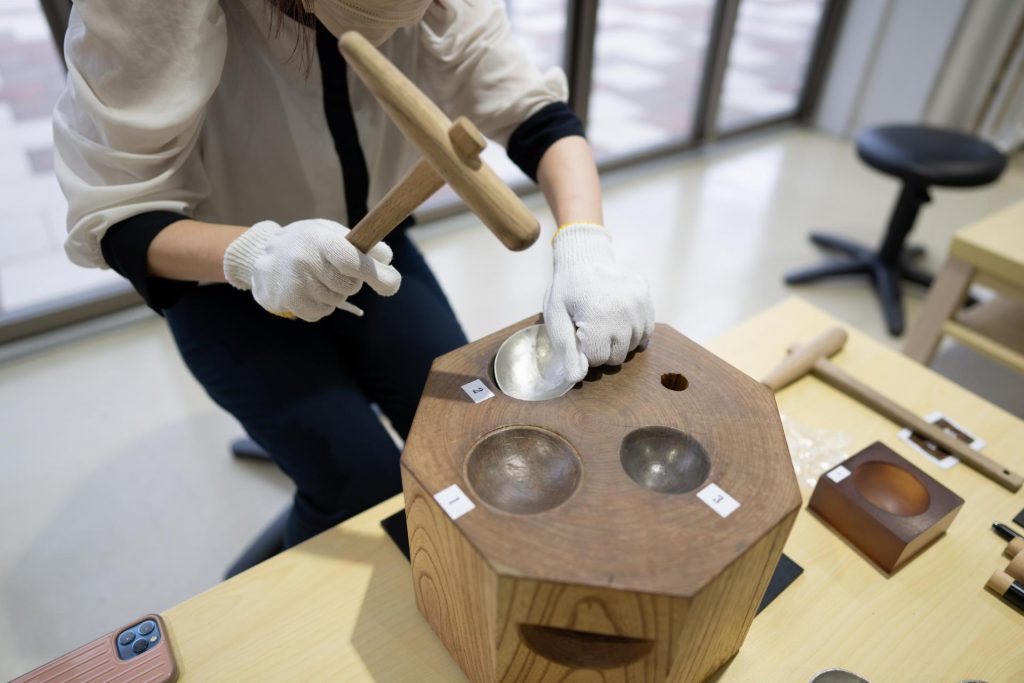
The primary goal of this is to convey to the world the detailed work and mastery that goes into all of their products and have consumers gain an appreciation and understanding for the value behind this quality.
A second goal of the open factory system is to inspire youths to take up the arduous career path of becoming a disciple and embarking on years of dedication to join the ranks of these prestigious artisans. With this in mind, school trips often take their students to this city to educate them on Japanese craftsmanship.
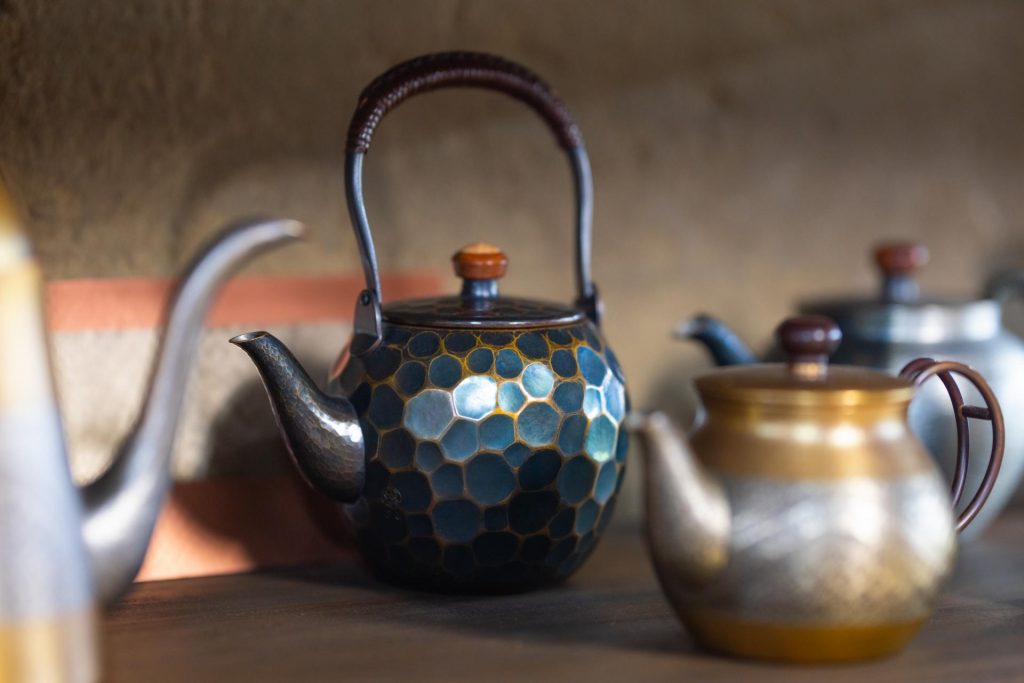
Some notable examples of Tsubame Sanjo’s open factories include Gyokusendo, a copperware producer dating back to the early 1,800’s that produces some of Japan’s finest teapots entirely by hand in their beautiful wooden workshop—largely unchanged from the original construction.
Tojiro, a top producer of Japan’s prized chefs knives is also a must see for those looking to pick up a knife that will last generations. Guests can see how their products blend together machine and handmade techniques to produce knives that distinguish themselves even among Japan’s many incredible knife makers.
Some of these factories even offer guests the chance to work side by side with artisans to learn skills or produce a variety of crafts that they can take home with them. This includes knife sharpening lessons with Japanese whetstones, hammering copper cups and even making your own Japanese chefs knives during certain times of the year.
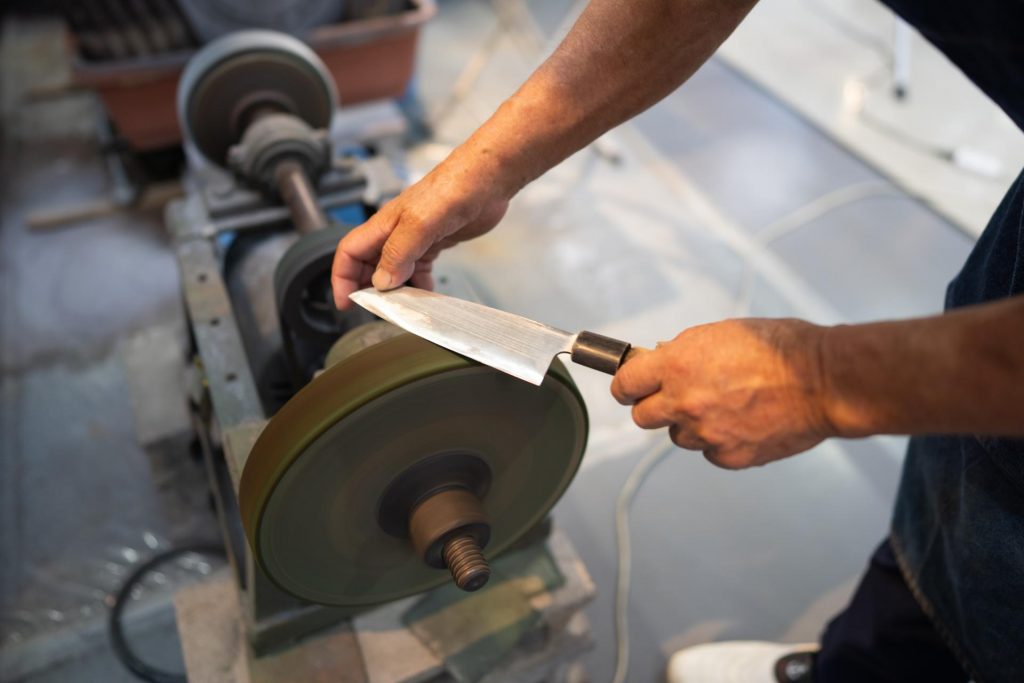
Active Escapes
While Tsubame Sanjo primarily has business hotels in its city center, a short train ride to the base of Mt. Yahiko offers guests the chance to stay at a charming Japanese ryokan in a small town complete with hot spring baths and a delicious traditional Japanese meals featuring the cuisine of Niigata.
You can easily start your day with a hike up Mt. Yahiko and a visit to the vast Yahiko Shrine at its base before catching the train into Tsubame Sanjo to explore the many open factory producers.
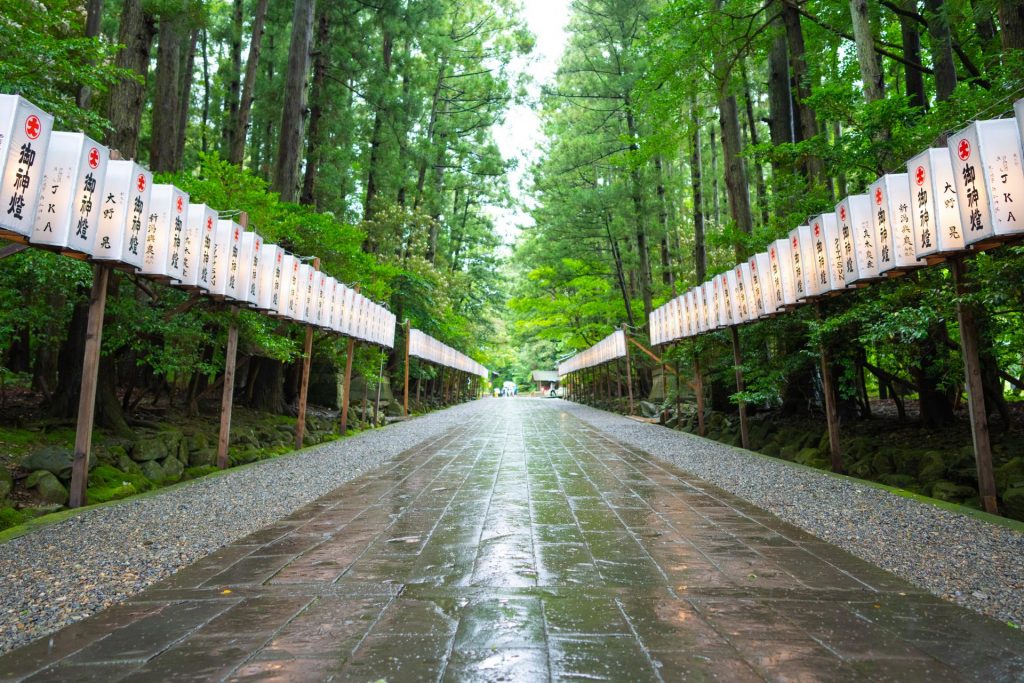
ESSENTIAL INFO
When to Go
Tsubame Sanjo’s factories are open year round, but its surrounding natural beauty are best in the summer and fall.
Getting There
Tsubame Sanjo is just under two hours via the Joetsu Shinkansen from Tokyo Station. It is also situated about two hours by car from Nozawa Onsen and other northern Nagano resorts making it a possible cultural excursion for winter trips.
Web Connection
The city doesn’t have much of a digital footprint in English but there is information in Japanese at kouba-fes.jp/history2/ and you can find more information on Tsubame Sanjo and the factory tours in English at thehiddenjapan.com/tsubame-sanjo.
About the Author
After college, Derek Yamashita chose to explore his Japanese-American roots by starting a life deep in the countryside of Yamagata Prefecture where he found joy in the trails, cycling courses, fishing and all the area had to offer. In 2017 Derek co-founded The Hidden Japan, a travel company promoting travel to the deeper parts of Japan beyond the big cities by working closely with rural communities to create boutique tours where travelers experience Japan alongside the local people.




